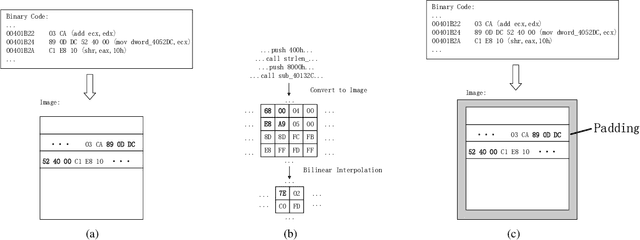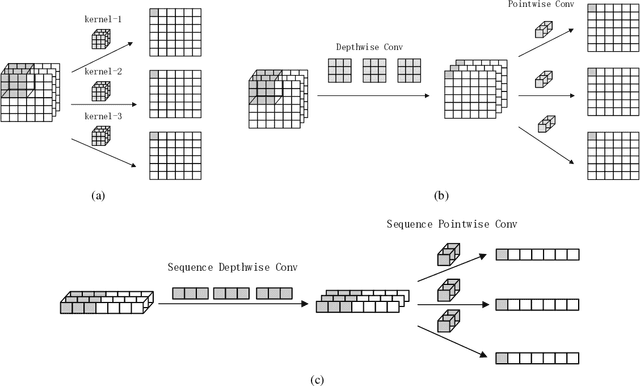SeqNet: An Efficient Neural Network for Automatic Malware Detection
Paper and Code
May 08, 2022



Malware continues to evolve rapidly, and more than 450,000 new samples are captured every day, which makes manual malware analysis impractical. However, existing deep learning detection models need manual feature engineering or require high computational overhead for long training processes, which might be laborious to select feature space and difficult to retrain for mitigating model aging. Therefore, a crucial requirement for a detector is to realize automatic and efficient detection. In this paper, we propose a lightweight malware detection model called SeqNet which could be trained at high speed with low memory required on the raw binaries. By avoiding contextual confusion and reducing semantic loss, SeqNet maintains the detection accuracy when reducing the number of parameters to only 136K. We demonstrate the effectiveness of our methods and the low training cost requirement of SeqNet in our experiments. Besides, we make our datasets and codes public to stimulate further academic research.
 Add to Chrome
Add to Chrome Add to Firefox
Add to Firefox Add to Edge
Add to Edge